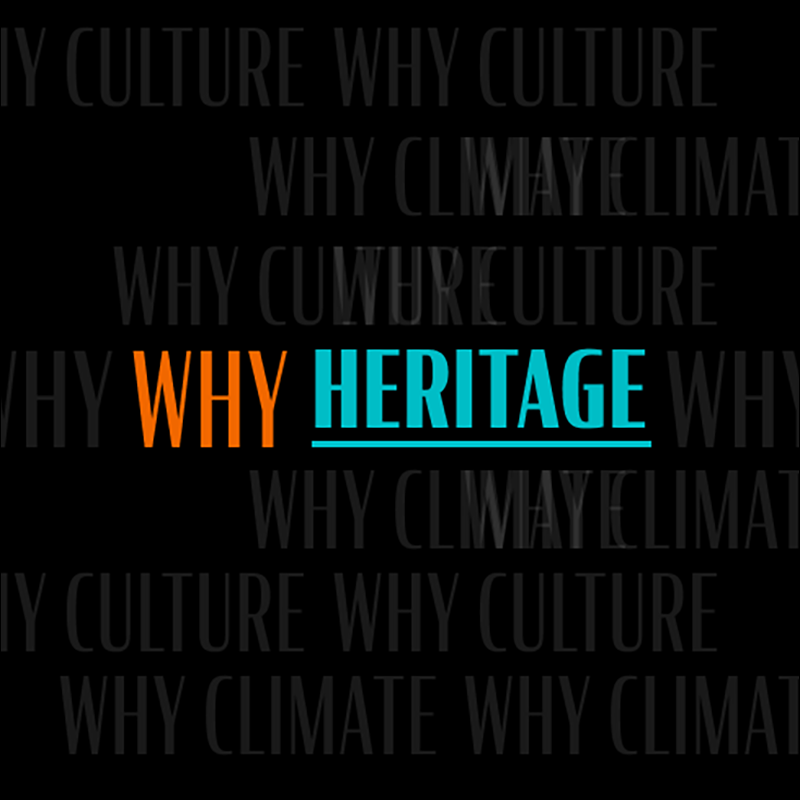Climate
Why Heritage
Published
January 31, 2023
By
Team
Two generations try to figure out the role of heritage in their lives.

Q: Oh my god, uncle, did you hear the news about how Japan’s oldest toilet was destroyed in a car crash ?
A: No leh but that must be super heart pain.
Q: Quite funny what. My favourite thing so far is the headlines that have come out of it. Rest vroom? Anyway, it’s just a toilet. If this was in Singapore, we would have made far better use of that space already.
A: If it was really the oldest toilet in Japan, I’m sure there must be a lot of heritage value tied to it. You young people really don’t care about old things nowadays.
Q: Uncle, even a toilet can have heritage meh?
A: It might seem insignificant to you but even a toilet can tell us a lot about how people used to live in the past.
Q: Think about that packet of chicken rice you dabao for lunch. You know, it’s not considered our national dish for no reason. Hainanese immigrants were the ones who brought the dish over, but over time, local influences were added into the mix. Our country’s circumstances and our ancestors’ decisions have made chicken rice uniquely Singaporean. And by the way, UNESCO also agrees with me.
A: (Sighs) Young people really don’t see the bigger picture. Just focused on what’s immediate. YOLO, right?
Q: Wow, do not say that ever again. And please, I think we do focus on more than that. We’re trying to understand it in our own way as well — I wonder how much of what we’re told really represents our history.
A: What do you mean?
Q: We have all these world-class attractions and cultural neighbourhoods but what are we really preserving here? If you go to Kampong Glam now, all you see are hipster cafes and Turkish restaurants. Even though we call it a heritage district, we hardly see any trace of the Malay-Muslim community that used to live there.
A: Well… you’re not wrong. Chinatown and Little India have changed a lot since the good old days when I was still a kid.
Q: It almost feels that we only care about showing the palatable parts of history in our heritage. Just look at how we talk about colonialism in Singapore. The government preserves all these old statues and monuments of colonial figures as part of our national heritage. We see them in the names of our streets and institutions as well.
A: Isn’t that an important part of our past?
Q: Uncle, it’s not so simple, right? We celebrate colonial figures like Raffles for transforming Singapore from a so-called “sleepy fishing village” to a modern city but I’ve recently learned that already was a thriving port by the time the British came over. Let’s also not forget how all this started because the British wanted to make use of our natural resources — and labour — to earn more profits for themselves.
A: Well, I can understand why we sometimes don’t want to talk about the bad things that have happened to us…
Q: But I think it wouldn’t be right for us to ignore it either. The truth is colonialism really sucked for a lot of countries. In Belgium, they pulled down the statue of King Leopold II for the horrific acts of colonial violence he committed in Congo. I’m not saying we should do the same, but people need to know that the past isn’t all good and happy also.
A: Ya lah… Perhaps heritage isn’t just about preserving the past, but looking at it for what it is and considering what we define as worthy of conservation in our society?
Q: Yea. And I guess heritage does matter, especially with both the good and bad parts taken together. What we can do is maybe try to engage with it more meaningfully in our own way to better understand our world today.
A: With luck, maybe learning from the past can even help us create a better future for the next generation.

